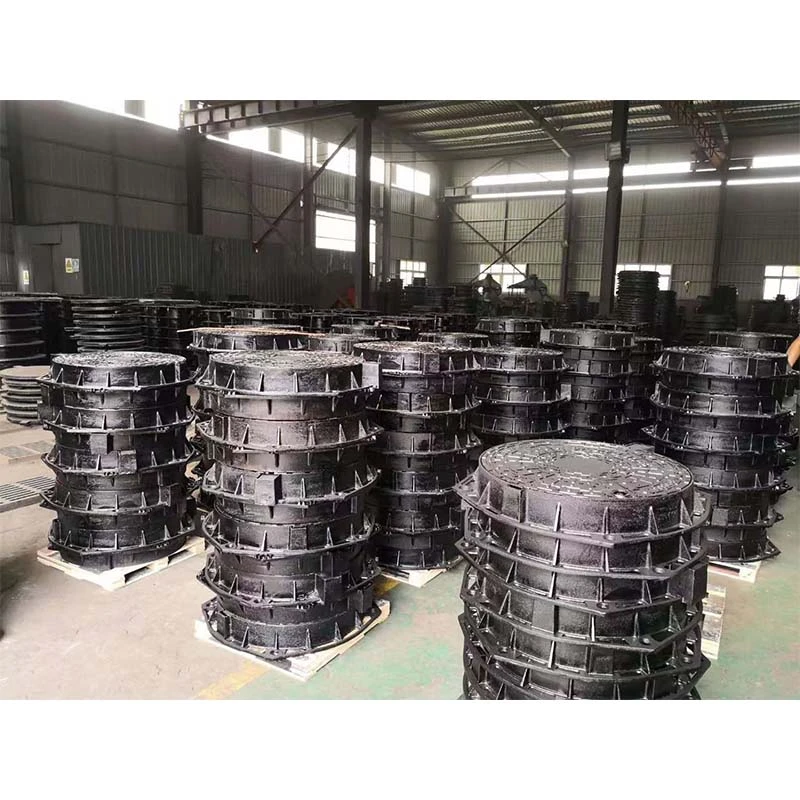Effective Solutions for Pipe Leak Prevention and Repair with Clamps
The Importance of Pipe Leak Clamps in Industrial Applications
In various industrial sectors, maintaining the integrity of piping systems is crucial to ensure operational efficiency and safety. Pipe leaks can lead to significant financial losses, environmental hazards, and even jeopardize worker safety. One effective solution to manage pipe leaks is the use of leak clamps. These innovative devices provide temporary and sometimes permanent solutions for pipe repair, making them invaluable in many settings.
Understanding Pipe Leak Clamps
Pipe leak clamps are specially designed devices that can be used to seal leaks in pipes of different materials, including metal, PVC, and rubber. They generally consist of a robust clamp mechanism that envelops the damaged area of the pipe, effectively compressing the material together to prevent further leakage. Many leak clamps are equipped with rubber liners or additional sealing elements that enhance their ability to provide a watertight seal.
These clamps come in various sizes and configurations, allowing them to be used on pipes of different diameters and shapes. Some advanced models even feature built-in sensor technology that monitors the integrity of the seal, alerting operators to potential failures before they escalate into significant issues.
Applications of Pipe Leak Clamps
One of the primary sectors that utilize pipe leak clamps is the oil and gas industry. In this field, even minor leaks can result in catastrophic consequences, including environmental disasters and financial losses. By employing leak clamps, operators can quickly address leaks in transport lines, avoiding costly downtime and reducing the risk of spills.
In the water distribution sector, leaks can lead to substantial waste and increased operational costs. Pipe leak clamps provide a swift and effective solution that municipalities can leverage to maintain their infrastructure without large-scale pipe replacements. This method not only conserves water but also minimizes disruption to the community.
pipe leak clamp

The manufacturing industry also benefits from the use of pipe leak clamps. Many facilities rely on extensive piping systems to transport various materials, fluids, and gases. A leak in such systems can halt production, leading to delays and significant financial implications. Leak clamps can minimize downtime by enabling quick repairs that allow operations to resume with minimal interruption.
Advantages of Using Pipe Leak Clamps
The primary advantage of using pipe leak clamps lies in their ability to provide immediate solutions. When a leak is detected, time is of the essence. Pipe leak clamps can often be installed in minutes, allowing organizations to resume operations swiftly. This rapid response helps to minimize economic losses and ensure safety.
Another significant benefit is the cost-effectiveness of leak clamps. Traditional methods of repairing pipes often involve extensive excavation or replacement, which can be expensive and time-consuming. Pipe leak clamps, in contrast, require less labor and materials, making them a more economical choice for many businesses.
Moreover, these clamps serve as a temporary fix until a more permanent repair can be made. This allows organizations to continue their operations while planning for more comprehensive maintenance at a later stage, enhancing their overall productivity.
Conclusion
In conclusion, pipe leak clamps play a vital role in managing pipe integrity across various industries. Their ability to quickly seal leaks, combined with their cost-effectiveness and ease of installation, makes them a preferred solution for many organizations facing pipe-related issues. As industries continue to prioritize operational efficiency and ecological responsibility, the demand for reliable pipe repair solutions like leak clamps will likely grow. Investing in these innovative tools not only protects valuable resources but also contributes significantly to the sustainability of industrial operations. Through proper maintenance practices and the strategic use of leak clamps, industries can navigate the challenges of pipe leaks more effectively while ensuring safety and compliance with regulatory standards.
-
The Smarter Choice for Pedestrian AreasNewsJun.30,2025
-
The Gold Standard in Round Drain CoversNewsJun.30,2025
-
The Gold Standard in Manhole Cover SystemsNewsJun.30,2025
-
Superior Drainage Solutions with Premium Gully GratesNewsJun.30,2025
-
Superior Drainage Solutions for Global InfrastructureNewsJun.30,2025
-
Square Manhole Solutions for Modern InfrastructureNewsJun.30,2025
-
Premium Manhole Covers for Modern InfrastructureNewsJun.30,2025
